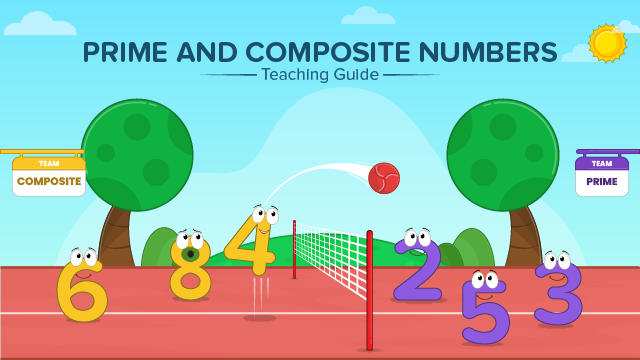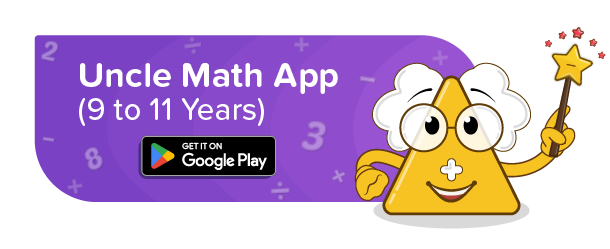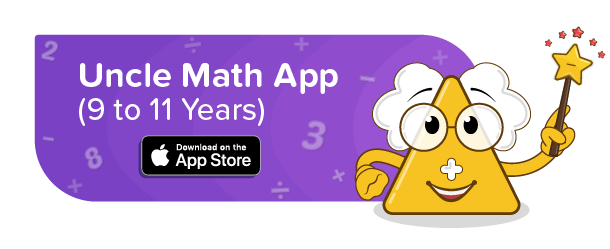
In primary school, children are taught about numbers and different types of numbers, like whole numbers, integers, even numbers, odd numbers, and decimal numbers. There are two more types of numbers: prime and composite numbers.
A prime number is a number that has only two factors, i.e., one and itself, whereas a composite number is a number that has more than two factors.
This teaching guide aims at simplifying the important concepts of prime numbers and composite numbers. This guide also exemplifies various teaching tools like animated videos, posters, and captivating activities to further comprehend the concept.
Prime Numbers
- A number that is completely divisible by 1, or the number itself, is called the Prime number.
- Prime numbers have only two factors : 1 and the number itself.
- All prime numbers are odd numbers except 2.
- For example : 2, 3, 5, 7, etc.
Composite Numbers
- A number that can be divided completely by other numbers, along with 1 and the number itself.
- Composite numbers have more than two factors.
- For example, 6 is divisible by 1, 2, 3, and 6.
List of Prime and composite numbers from 1 to 100 :

Points to remember :
- 0 and 1 are neither prime nor composite.
- Prime numbers never have an even number in ones place.
- 2 is the only even prime number.
- 2 is the smallest prime number.
Twin Prime Numbers And Co-Prime Numbers
Twin Prime Numbers :
- Twin primes are two prime numbers with a difference of 2 between them.
- For example : (3, 5), (7, 9), (11, 13).
Co-Prime Numbers :
- Two numbers having only 1 as a common factor are called co-prime numbers.
- For example : (2, 3), (4, 9), (3, 7).
Teaching prime numbers with kid-friendly, clear, and easy-to-understand posters from Uncle Math School by Fun2Do Labs :
Learning prime numbers can be made enjoyable by incorporating interactive games and activities.
Up and Down :
- Instruct kids to stand in an open place.
- Each pupil should remain at a standing distance and be at least an arm’s length away from the other.
- The next step is to call out random numbers like 12, 1, 17, or 98, and it is up to the children to evaluate whether or not the number is a composite or prime number.
- Children should sit if the number is a prime number and stand if it is a composite number.




